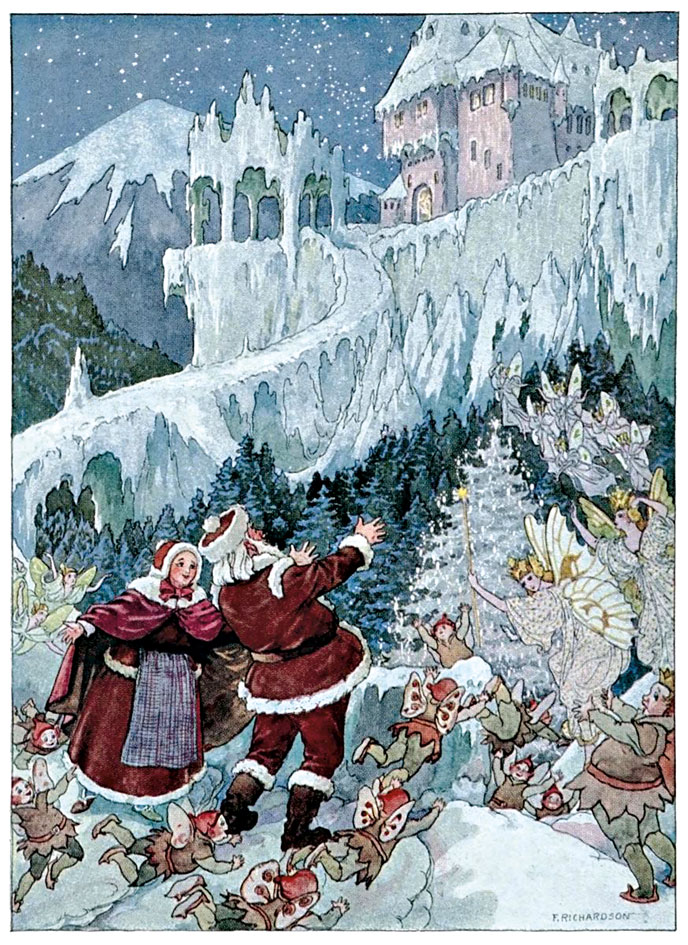.svg)
With the publication of On the Road: The Original Scroll (Viking), Jack Kerouac takes a step beyond canonization toward beatitude itself. The scroll manuscript of this 1957 novel is one of the sacred artifacts of the Beat era, and conflicting stories about it have circulated among the acolytes for years: that rolls of drawing paper had been taped together to form the scroll (true), so that a Benzedrine- (false) and caffeine-fuelled (true) Kerouac could type at speed with no need to pause after each page; that a dog had chewed one end (true). This codex version of the scroll is prefaced by an astonishing one hundred pages of front matter, including no fewer than four separate introductions: a formidable bulwark protecting the novel from its readers. The most obvious difference between the manuscript and published versions is Kerouac’s use of actual names throughout (Neal Cassady later renamed Dean Moriarty, Allen Ginsberg becoming Carlo Marx, and so on). Sex scenes were toned down for the initial publication, and much of Kerouac’s reflexive misogyny was softened or removed. The manuscript itself was sold at auction in May 21 for more than $2 million, to Jim Irsay (owner of the Indianapolis Colts), who promised to “give people an opportunity to enjoy it.” An exhibit featuring the scroll has been criss-crossing the usa since 24; in fall 27 it was on display at the New York Public Library. Diehard Beat fanatics may feel the urge to genuflect as they watch the scroll being unrolled on YouTube.








